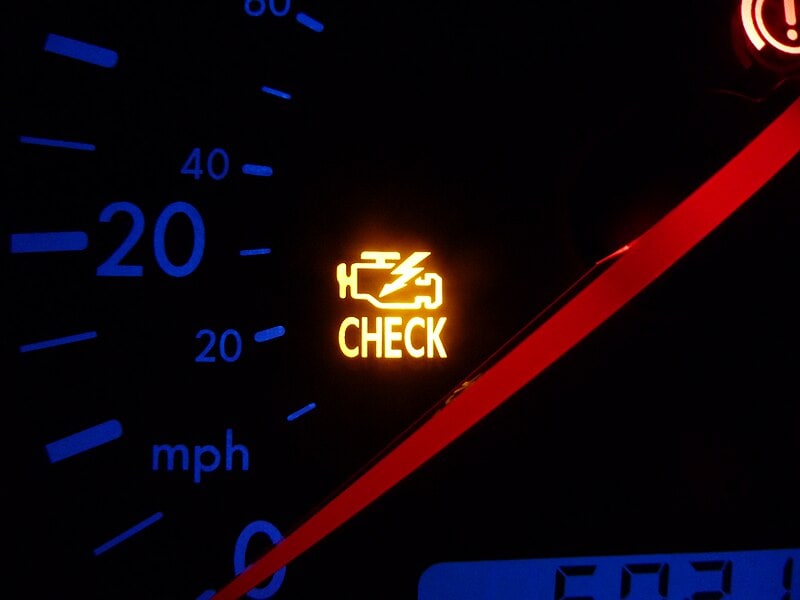Common Reasons Why the Check Engine Light Is On
The check engine light can come on for various reasons, from simple fixes to more complex issues that need immediate attention.
Loose Gas Cap
A loose or faulty gas cap is one of the most straightforward reasons for a check engine light. The gas cap seals the fuel system and maintains pressure. If it's loose, it can cause a leak, triggering the light. Simply tightening or replacing the gas cap usually resolves this issue.
Oxygen Sensor Failure
The oxygen sensor monitors the amount of unburned oxygen in your car's exhaust and helps maintain optimal fuel efficiency. A faulty sensor can lead to poor engine performance and increased emissions. Ignoring this issue can damage your catalytic converter.
Catalytic Converter Problems
The catalytic converter reduces harmful emissions by converting exhaust gasses into less harmful substances. Issues with this component can lead to increased emissions and reduced fuel efficiency. Signs include a drop in performance and unusual exhaust smells. This problem requires immediate attention.
Mass Airflow Sensor (MAF) Issues
The MAF sensor measures the amount of air entering the engine, ensuring the proper fuel-to-air ratio for combustion. Common symptoms of a malfunctioning MAF sensor include poor acceleration, stalling, and reduced fuel economy.
These are just a few of the common reasons why your check engine light might come on. To pinpoint the exact cause, use an OBD-II scanner to read the diagnostic trouble codes, or contact
Mtn View Ford Service Department for a diagnostic exam. This will help you identify the specific issue and take the necessary steps to resolve it.
Is the Check Engine Light Serious?
The check engine light can indicate anything from simple fixes to severe problems. Minor issues can be addressed at your convenience, but serious problems require immediate attention to prevent further damage.
When the check engine light comes on, check the gas cap first. If the light is steady, monitor your vehicle and schedule a service appointment soon. If it's flashing, stop driving and seek professional help immediately.
How to Reset the Check Engine Light
When the check engine light comes on, resetting it might be tempting. However, it's crucial to address the root cause first.
You can try resetting the check engine light yourself. One method involves using an OBD-II scanner. Follow these steps:
- Purchase or Borrow an OBD-II Scanner: You can find these tools at auto parts stores or online.
- Locate the OBD-II Port: Usually found underneath the dashboard near the steering column.
- Connect the Scanner: Plug the scanner into the OBD-II port.
- Turn on the Ignition: Switch your car's ignition to the "on" position without starting the engine.
- Read Diagnostic Trouble Codes (DTCs): Follow the scanner's prompts to read the codes and understand the issue.
- Clear the Codes: Use the scanner's "erase" or "clear" function to reset the check engine light.
Keep in mind, ignoring underlying problems can lead to more severe issues down the road, so consider speaking with a professional from Mtn View Ford at 888-543-2082.
